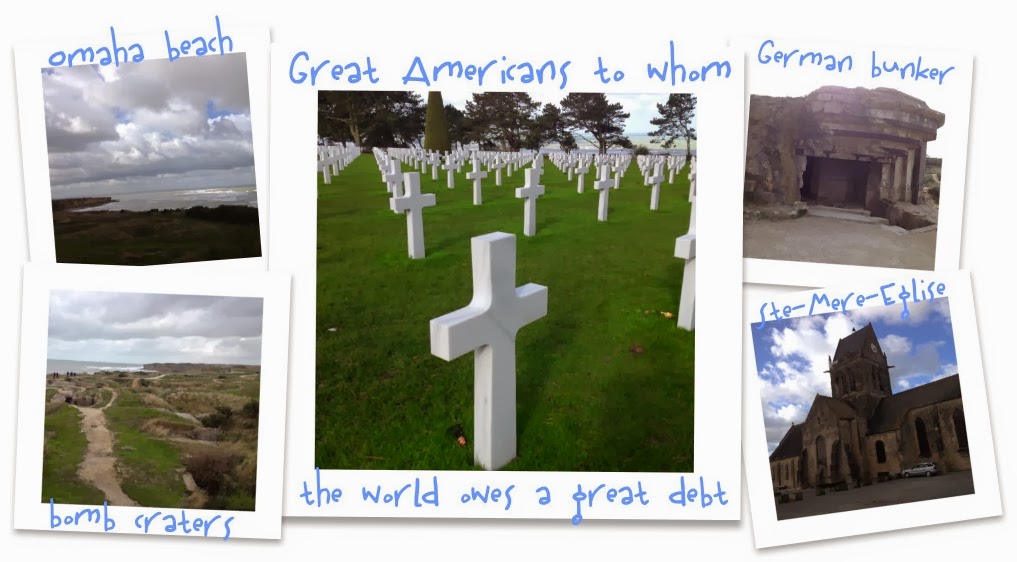We stayed with Corinne and Guy in Bernos-Beaulac, a village near Bordeaux where coincidently Mitt Romney was involved in a fatal car accident while doing his missionary work there.
Next we visited the Pays Basque (Basque Country) including the sea resorts Biarritz and St. Jean de Luz. The Basques are the indigenous people of Southwestern France and Northern Spain that sometimes have separatist leanings. They have their own cuisine and the facades of their buildings are colored decoratively.
The next day we visited the vineyard village of St-Emilion and the Petrus winery. We bought a nice bottle of wine at St-Emilion, and I learned that the French wine culture included not only knowledge and taste for particular wines but also the memories of the people with whom the bottle is shared. I thought it an interesting and cordial tradition.
We took the train to Paris were we stayed in a 200-square-foot, one room, six-flight walk-up apartment for about four days. All that climbing was worth it because the front door of the building was across the Seine from Notre-Dame. A walk along the Seine the next day brought us to the back door of the Louvre.
We visited the Louvre, the Champs, the Cathedrals of Mary Madeleine and Sainte-Chapelle, the Musee D’Orsay (with a fine impressionist collection and “Whistler’s Mother” in the attic), Montmartre, and Sacre Coeur. However, we spent most of our time in Paris “flâner,” e.g., walking around various neighborhoods aimlessly with periodic interruptions at a number of cafes.
On one walk, we ended up on an inclining street that was lined with shoe stores, one more expensive than the next, until we got to the Prada at the top of the hill where you can get a pair of sneakers for bargain prices over $450.
We left Paris for the Normandy region. Here, as in Brittany and other places, we found a common theme. Most sites, especially the religious ones, were destroyed in the French Revolution and then again in WWII. Of course, the war destroyed large parts of many of the cities in these regions, in particular Rouen, Caen, and Cherbourg. Entrance fees from the tourists are used to renovate and maintain these sites.
This region is no stranger to war and strife. In the Rouen Cathedral, we saw the place where the heart of Richard the Lionheart, of Crusade fame, is purported to lie. The rest of him is scattered in other places.
One of the high points of the trip was seeing the beaches where the WWII invasion took place. Before the invasion, the Germans controlled all the deep water ports in Europe, giving them complete control of the continent. The allies had to construct 3 deep water ports by towing concrete structures from England and sinking them off the coast in order to dock cargo ships to support the troops. After the invasion a hundred-year severity storm destroyed some of the constructions nearly causing the invasion to fail. Viewing the 50 miles of beaches and feeling the force of the wind from the sea impresses on the mind the ingenuity, bravery, and determination the allies mounted with thousands of ships along this coast.

Moving South down the coast we came upon Mont Saint-Michel, a city/cathedral/fortress surrounded by tidal water, now connected to the mainland by a causeway. The monks were able to travel to the mainland by foot at low tide but invaders were strongly discouraged from attacking the town by the up to 46 foot tides. It was a long climb we made to the top. The building stones were raised by a rope and large pulley connected to a large human “squirrel cage” driven by (let’s not call them slaves) people who were being compassionately re-educated in their religious beliefs.
We had the opportunity to sample Calvados, the famous apple brandy of the region. Frank enjoyed the bottle we brought back for him. While I’m sure it was enjoyed by many a soldier/liberator as well, I was thinking of using it to clean my car radiator.
We turned Southeast and headed to Loire Valley and the Dordogne Region. On the way we visited the Chateau de Chenonceau on the River Cher. During the 1500’s, King Henry II gave the Chateau to his mistress, Diane de Poitiers, a royal favorite and beauty of the time. (However, Henry’s wife, Catherine de Medici, did not share this view.)
Don’t be fooled by the Chateau’s “modest” entrance, there is at least a two-story part of the building that extends over the river in the back. Here, the privileged “1%” had lavish parties while the other 99% toiled in the kitchen or delivered game that was hoisted from boats on the river into the pantry below the party rooms. After Henry’s death from a jousting wound, Catherine maneuvered Diane into comfortable exile and generally out of recorded history. Diane’s remains were not treated kindly during the French Revolution.
We also visited the caves of Lascaux. The museum there had a reproduction of the 17,000-year-old cave art. In a neighborhood nearby, we saw La Roque-Saint-Christophe, dwellings used by Neanderthal and Cro-Magnon man for over 50,000. The vistas and a system of sentinels warned inhabitants of intruders coming from miles away. No one is living there now. The rents for rooms with a view are probably too high.
Well, when you get to the point where people you’re talking about are old enough to make you look young, it is time to stop. Thanks for taking the time to read my reminiscent screed.










1 comment:
Post a Comment